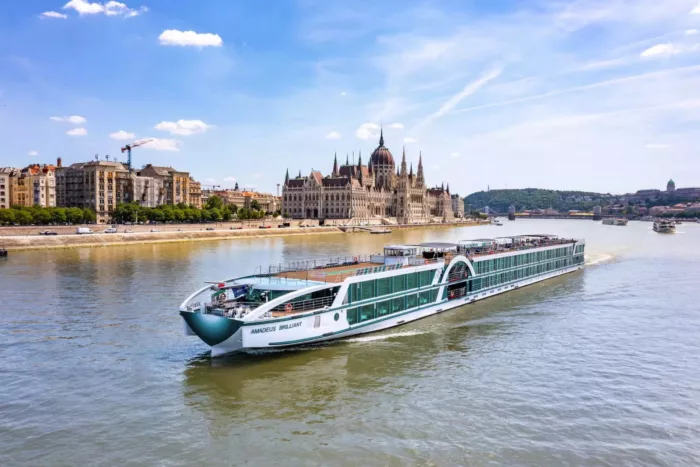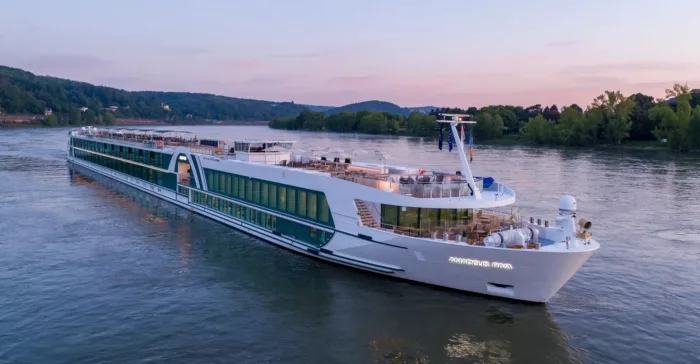
Amadeus River Cruises
Austrian-owned Amadeus has been going for more than 30 years, recognised as one of the oldest providers in Europe, and one of the most established and reliable river cruise lines. It's the Rolls-Royce of river cruising.
Originally for the German-speaking market, the cruise line has branched into international cruising, along with a revamp of its fleet and the launch of a handful of new ships – like Amadeus Imperial.
150
Passengers
40
Crew
2011
Launched
2020
Last refit
1000t
Tonnage
110m
Length
11m
Width
25kts
Speed
4
Decks
EUR
Currency
Cruise Itinerary
Day 1
Cologne, Germany
Embark.
Day 2
Rüdesheim, Germany
Day 3
Miltenberg, Germany
Day 3
Wertheim, Germany
Day 4
Würzburg, Germany
Day 5
Bamberg, Germany
Day 6
Nuremberg, Germany
Day 7
Regensburg, Germany
Day 8
Passau, Germany
Disembark.

Day 1
Cologne, Germany

Day 2
Rüdesheim, Germany

Day 3
Miltenberg, Germany

Day 3
Wertheim, Germany

Day 4
Würzburg, Germany

Day 5
Bamberg, Germany

Day 6
Nuremberg, Germany

Day 7
Regensburg, Germany

Day 8
Passau, Germany
Ship Details


Amadeus River Cruises
MS Amadeus Brilliant
Returning to the rivers in 2020 after extension renovation, the AMADEUS Brilliant shines like a new ship, yet retains its timeless elegance and appeal. This 110-meter ship combines luxury detailing with an intimate, relaxed ambience.
Cabins
All Prices




